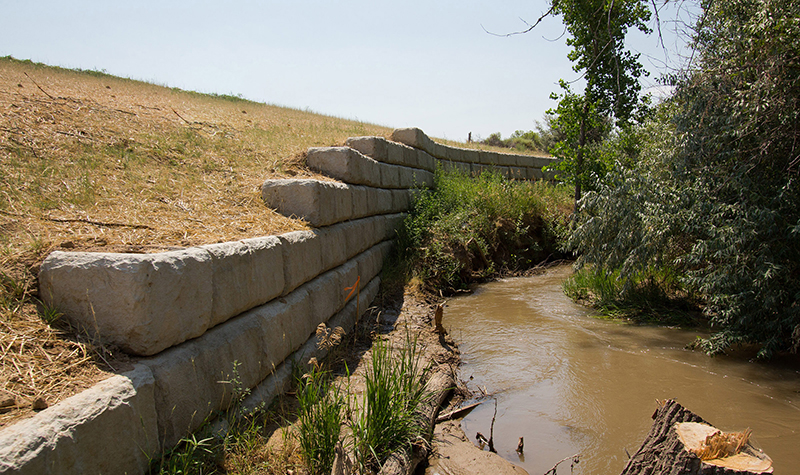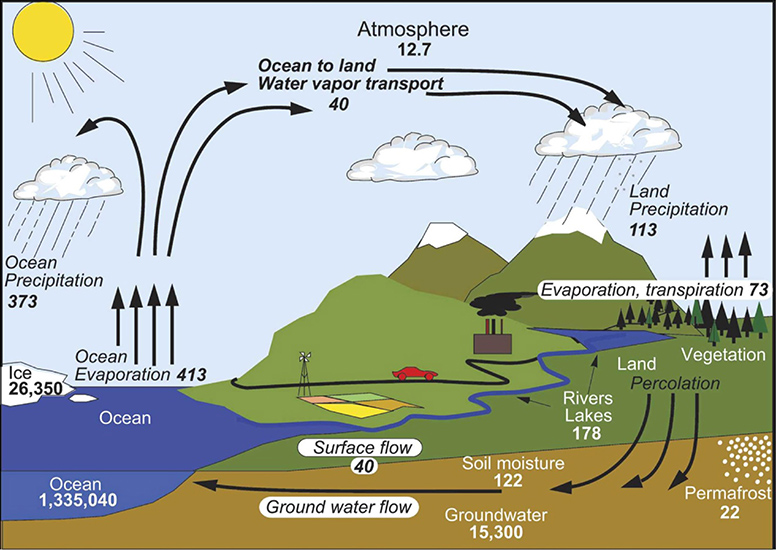Defining the Waters of the United States

By Karen Menne-Jacobsen, PE, CFM
We need clean water to drink and stay healthy. Streams, lakes, rivers, and other water bodies filter pollutants, recharge groundwater, slow erosion, provide wildlife habitat, offer flood protection, and have abundant recreational and economic impacts.

About the Expert:
Karen Menne-Jacobsen, PE, CFM, a civil engineer with over 25 years of experience, offers expertise in stormwater quality best management practices and the National Pollutant Discharge Elimination System. She is also experienced in 404/401 permitting, which regulates discharges into U.S. waters, thereby improving water quality through the Clean Water Act. Karen is a senior project manager in Ayres’ Green Bay office.
Section 404 of the U.S. Clean Water Act establishes a program to regulate the discharge of dredged or fill material into “waters of the United States” as well as regulating quality standards for surface waters. The act makes it unlawful to discharge any pollutant from a point source into navigable waters, unless a permit was obtained.
Water bodies have many names: slough, creek, stream, channel, arroyo, wash, lake, pond, etc. Then we have more detailed names, such as retention pond, detention pond, bioswale, ephemeral streams, intermittent streams, perennial streams, headwater streams.
What U.S. Waters are Protected?
So how are we to know what “waters of the Unites States” includes? Is it any water inside the boundaries of the United States? The Clean Water Act mentions surface water, so is it only water flowing or standing on the surface? Is it groundwater?
The Environmental Protection Agency (EPA) and U.S. Army Corps of Engineers (USACE) recently published the second step in a two-step process intended to review and revise the definition of “waters of the United States.” The new rule went into effect June 22, 2020.
As with any governmental ruling, the new definition can be quite complicated. Basically, the EPA and USACE interpret the term “waters of the United States” to include four categories: territorial seas and traditional navigable waters; perennial and intermittent tributaries that contribute surface water flow to such waters; certain lakes, ponds, and impoundments of jurisdictional waters; and wetlands adjacent to other jurisdictional waters.
Waters covered by the new definition are called “jurisdictional.” Waters not included in the definition are called “non-jurisdictional” or “excluded.” The Federal Register offers a breakdown of what’s included and what’s not under the new ruling. To answer a couple of my earlier questions, waters outside U.S. boundaries can be included, but groundwater is not.
How Do We Do Our Part?
You might wonder why all of these water quality rules and definitions are important. Well, if you remember the hydrologic cycle from high school, everything is connected. Water evaporates from oceans and lakes, forms into clouds, comes back to earth in rain and snow, and flows along the surface and underground back to where it started.

According to the website WATERisLIFE, nearly 1 billion people in the world lack access to safe water.
- Air pollution gets into the rainwater, which gets into the surface water.
- Trash or debris in the streets or fields gets to the rivers, lakes, and streams.
- Not everything we flush or put down our drains is “removed” at the wastewater treatment plant (e.g., medications).
When we all do our part to protect our nation’s waters, however they are defined, we all benefit.
For more about water quality projects, contact Karen Menne-Jacobsen or any of Ayres’ civil-municipal project managers.

Post a comment: